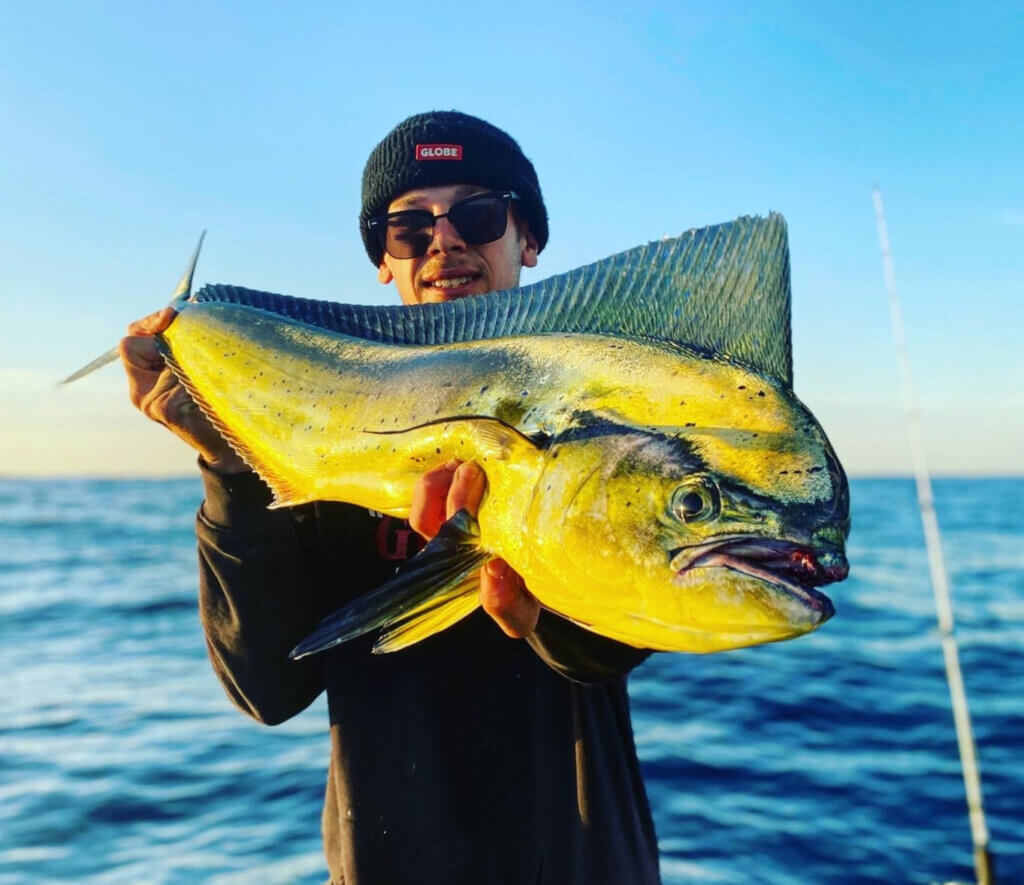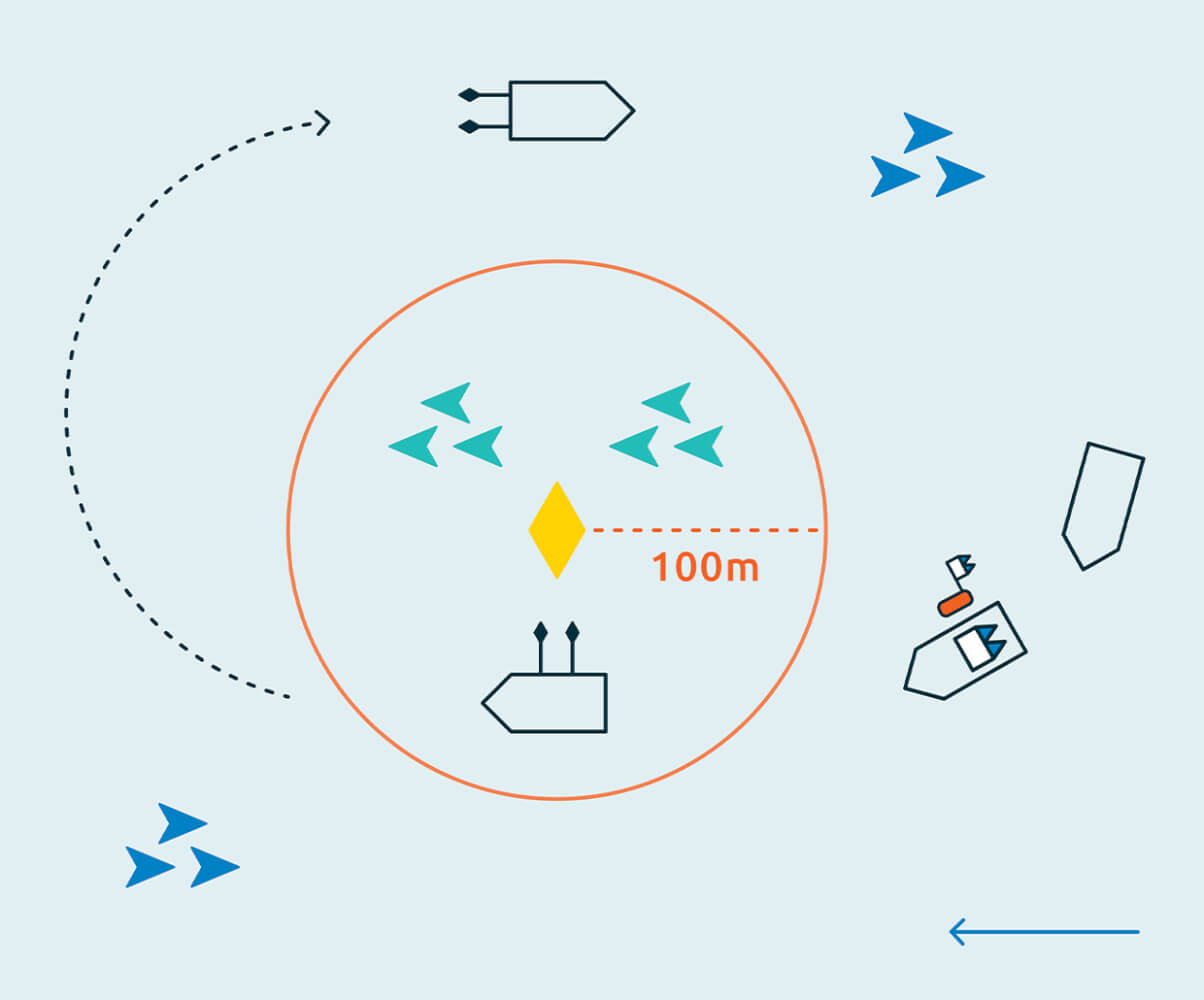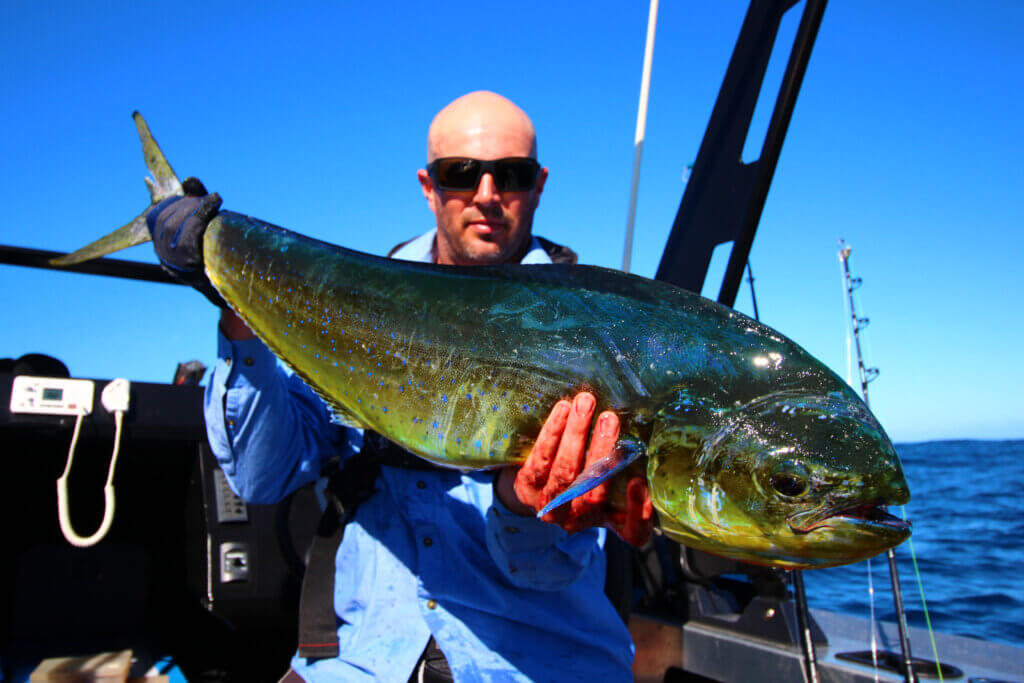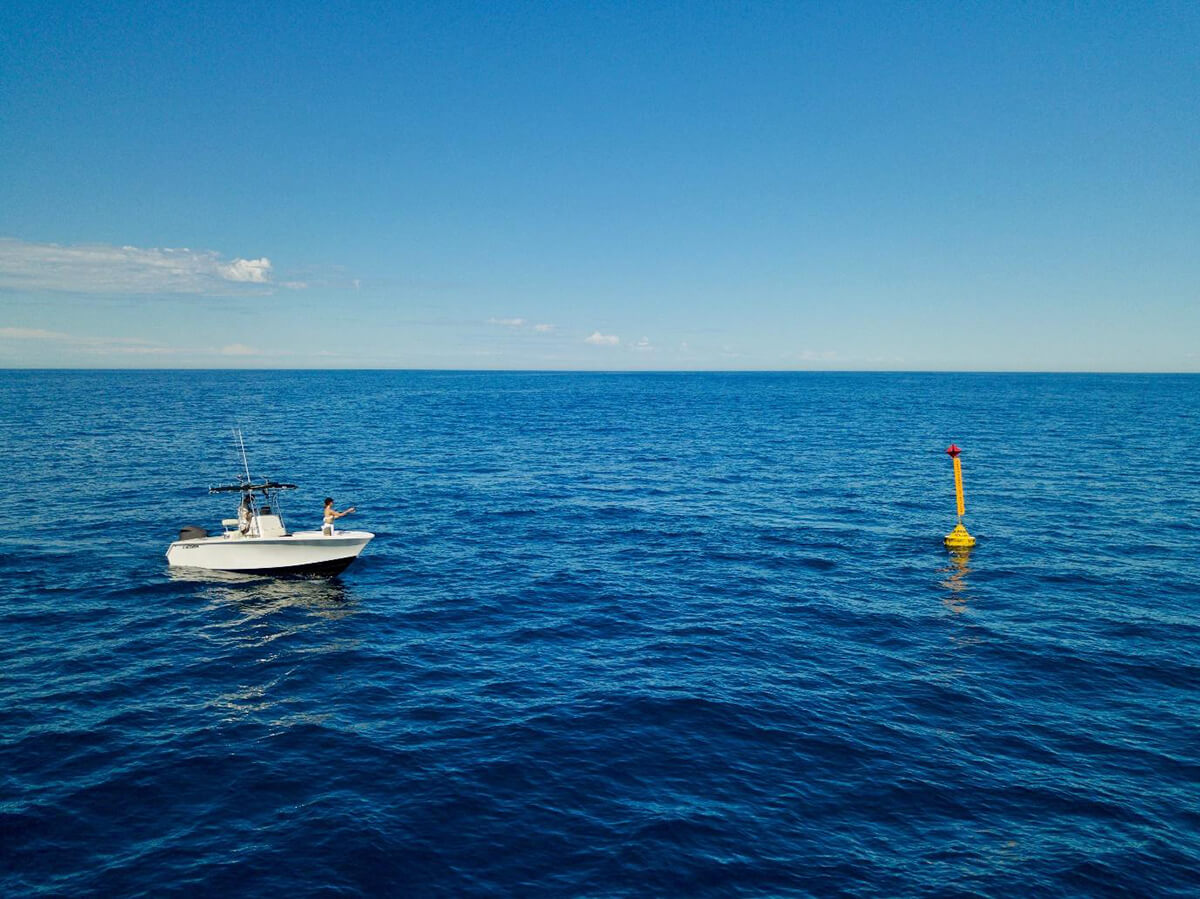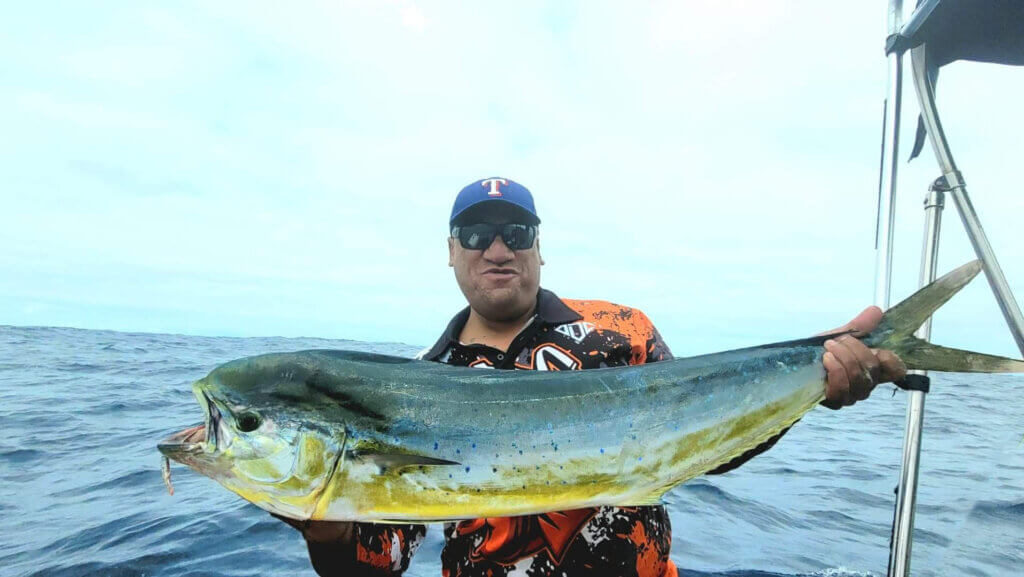FADs can provide truly memorable fishing experience, but how do you make the most of your experience and return to the boat ramp with memories of catching the speeding, leaping, golden-green pelagic species?
There are many ways to fish the devices deployed as part of the State-wide FADs trial program, proudly supported by FADs fishing partners Richter Lures and Madfish Gear, but “the early bird gets the worm” maxim applies here.
While dolphinfish can be extremely aggressive, they are also renowned for shutting down under boat pressure so being the first one on the FADs will invariably pay off.
WATCH: Avid Perth fisher Kurt Wilson takes an in-depth look into FADs fishing!
